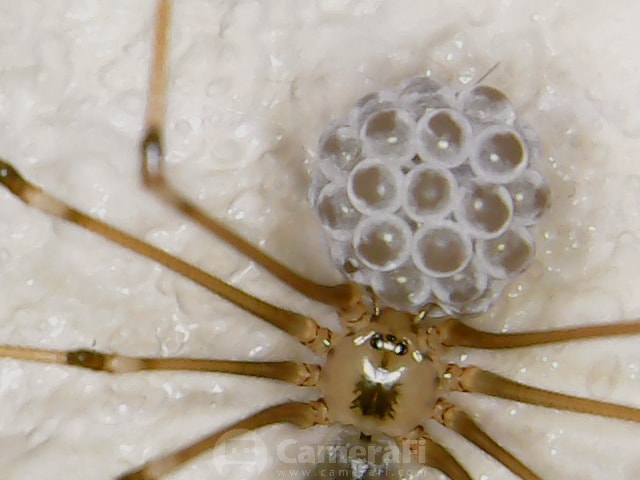

As they’re a similar size and color as brown recluse and wolf spiders, it’s easy to confuse them. The hobo spider is an aggressive species of arachnid has an oblong brown or tan body. A bite could prove life-threatening for children, the elderly, and pets. In addition, a victim can suffer several other symptoms, such as fever, chills, nausea, rashes, and pain. The cytotoxin in its venom can cause necrosis and tissue loss near the bite wound. If you believe you or a household member has been bitten by a brown recluse, it’s vital to seek medical attention immediately. Eliminating clutter in storage areas and sealing cracks and crevices in your home will help keep them out. While not an aggressive species, they will bite when threatened. The most distinguishing feature, however, is the violin-shaped marking on their body.

They have a brown or grey body, with an oval-shaped abdomen measuring about 1/3 inches in length, and three pairs of eyes. The highly dangerous brown recluse spider has an established residence in 15 states. Since then, it has become increasingly rare for a person to die from the widow’s “kiss” so long as treatment is sought quickly.Īs the venom is a neurotoxin, symptoms may include nausea, hypertension, headaches, abdominal pain, pyrexia, vomiting, or complications to any existing heart problems in even a healthy adult. They get their name from the misconception that more aggressive females eat the male after mating.Īn effective anti-venom for a black widow’s bite was developed in 1956. These arachnids are a glossy black with a bright orange to red hourglass marking on the abdomen. The most notorious of spiders, black widows are actually far less deadly than their reputation suggests. It just goes to show how some critters can be more beneficial than we think. In recent years, it was discovered that the cobweb have analgesic properties and dissolves naturally as the wound heals.
Long bodied cellar spider how to#
Related: How to Get Rid of Christmas Tree Spidersįresh (dust-free) cobweb was commonly used in Old World medicine to pack wounds. However, they’re known to set up shop in a relatively undisturbed corner when there’s a better chance of food. The largest can stand on a nickel.Īs a general rule, they prefer more quiet locations, such as the attic, basement, or a closet. You can identify an American house spider by the round abdomen brown, tan, or grey bodies with darker brown markings, and the rounded abdomen. Barring an allergic reaction, they are completely harmless to humans or pets. These common house spiders are part of a group called cobweb spiders and are responsible for those messy webs you find in the corners of a room. One of the most beneficial arachnids to find in your home is also one of the most common. #1 – American House Spider (Parasteatoda tepidariorum) #8 – Sac Spiders (Families Clubionidae, Miturgidae, and Corinnidae).#6 – Long-Bodied Cellar Spider (Pholcus phalangioides).#5 – Jumping Spiders (Family Salticidae).#3 – Brown Recluse (Loxosceles reclusa).#1 – American House Spider (Parasteatoda tepidariorum).
Long bodied cellar spider skin#
One of your photos also shows a discarded skin from a prior molt.

Sometimes when the web is disturbed, the spider gyrates wildly. These are domestic spiders, often found in the bathroom. You have Long Bodied Cellar Spiders, Pholcus phalangioides. I have a few other spiders that I have yet to get pictures of and will post them also when I do. We live in the Northwestern mountains of New Jersey. I have searched for many years trying to find this spider but have had no luck. What are they? This particular one seems to have a big ball she / he is holding onto with little bumps all over. They seem to like to use hair and thread in their webs and I never see them catch food and eat. They come back very quickly, it doesn’t matter how many times we remove them and clean up after them. Some of them are small and other very large measuring about 3 – 5 inches of leg span.

We have these every year, usually from spring to fall and they seem to enjoy the bathroom more than anywhere else.


 0 kommentar(er)
0 kommentar(er)
